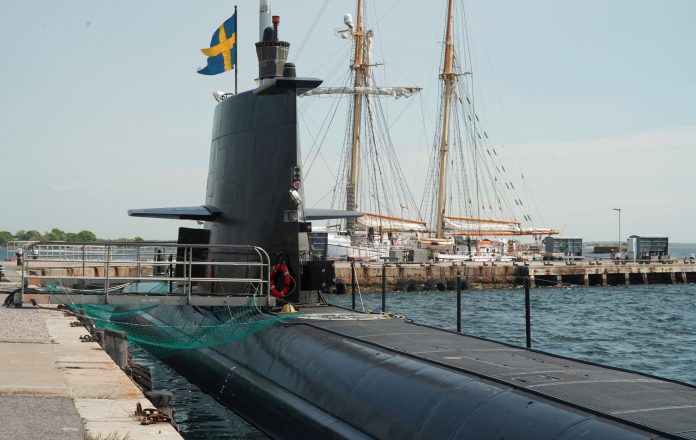Two new Swedish A26 attack submarines finally come together on the Baltic Sea coast.
These 66-metre diesel-electric submarines, named Blekinge and Skåne in honour of the two Swedish counties and designed to patrol NATO’s eastern frontiers in the Baltic Sea. They will join four older vessels in the Scandinavian nation’s fleet.
“We have a long history of building submarines,” said Mats Wicksell, the head of Kockums, a business area of Swedish military equipment manufacturer Saab which is building the A26s. “But this is still a big step forward for us.”
That expansion will partly close the gap with NATO’s largest European fleets, which are set to grow slightly this decade, according to a report by the Swedish Defence Research Agency.
The renewal of the European fleet comes against the backdrop of Russia’s fleet expansion, as President Vladimir Putin visited the dock at the Belomorsk submarine factory in Severodvinsk in December with two new ships, the Krasnoyarsk and the Emperor Alexander the Third.
According to a Swedish report, the Russian Navy will have 50 submarines in 2030.
The upcoming Swedish launches emphasise the incipient renewal of the submarine fleet in Northern Europe, but it is also a signal that the conflict is gradually expanding.
For instance, Sweden witnessed an unidentified submarine intrusion into its territorial waters, as well as explosions disabling the Russian-built Nord Stream gas pipelines in its maritime exclusive economic zone in 2022 and the severing of an undersea communication cable with Estonia in 2023. Then, in early January, Sweden’s government and its army chief urged citizens to “prepare themselves for war.”
Furthermore, the plan to launch the A26 ships was a key element of Stockholm’s claim that it can contribute to NATO’s military strength and is not seeking to join the alliance just to benefit from its mutual defence guarantees.
The Baltic Sea is considered a challenging operating environment because varying salt levels affect sonar performance. It is also shallow and has heavy traffic, which increases the risk of collisions.
